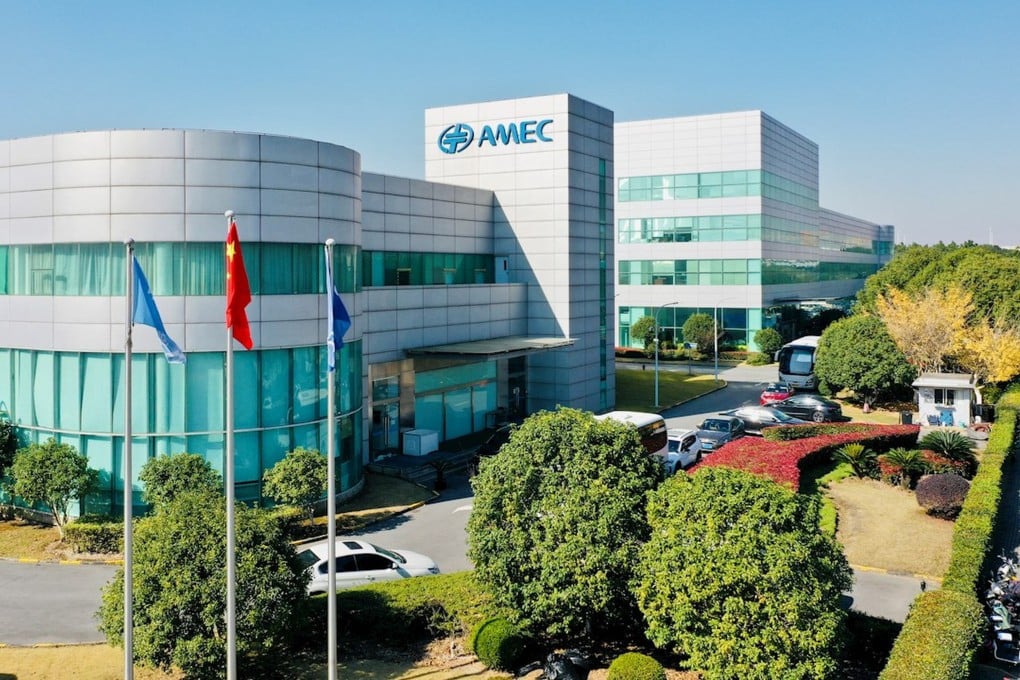window.rapplerAds.displayAd( "middle-1" );window.
rapplerAds.displayAd( "mobile-middle-1" );Growing up in Iloilo in the ’60s, barely two decades after World War 2 (WW2) ended, I would hear stories from past generations about how idyllic life was during “peace time” (the interval between the two world wars), and how difficult and dangerous it was during “tiempo hapon” (Japanese time), and how “pintas” (savagely cruel) the Japanese were during the war years. Anti-Japanese sentiment was rife then.

The quality of Japanese goods was considered inferior. An aunt, describing someone who had a cousin with diarrhea, wryly noted, “siguro iya tyan made in Japan” (his stomach is made in Japan) implying it was inherently defective. Yet years later, things were decidedly more complex.
Japan’s post-war recovery was a major economic miracle, their brands becoming powerful global ones — from electronic appliances to cars while the Philippine economy went downhill; the quality of their construction projects much sought after; their courtesy, discipline, and longevity something to aspire to. A major project was the 1970s construction of the South East Asian Fisheries Development Center (SEAFDEC) complex in Tigbauan, a state-of-the-art facility doing marine research; the Japanese were major funders of this. The Japan International Cooperation Agency (JICA) still is a valuable and appreciated development partner.
In the ’80s to ’90s, stories of comfort women, “mail-order” brides, and “japayukis” made headlines.Ilonggo publications from the mid-1930s have advertisements of Japanese-owned establishments in prime areas of the Calle Real, Iloilo City’s business district. The establishments included bicycle shops, retail stores, photography studios, massage services, and restaurants.
This must have given the port city a cosmopolitan, “international” feel — existing side-by-side with Filipino, American, British, Spanish, Indian, and Chinese establishments, and several Western consular offices. After all, Iloilo’s ports were open to world trade since 1855, with major exports like piña, abaca, coconuts, sugar, livestock, rice, timber and forest products. A Japanese-owned bicycle shop in 1934.
Photo courtesy of the Augustinian MirrorTherefore, when retired UP Visayas Professor Ma. Luisa (“Meloy”) Mabunay, whose five-decades-long research interest is on the Japanese in Iloilo, gave one of her rare talks during the second “Nantoku” lecture series, I signed up to attend. Nantoku is the term for young students – 51 of them from the Philippines – potential leaders who were sent to Japan in 1943 and 1944 for further study while several Asian countries were then under Japanese occupation.
This was the precursor to the Monbukagakusho scholarship programs of the Japanese government. Meloy’s talk, “Reflections on the ‘Imin’ as a ‘lost’ Settler community in Iloilo,” was profusely illustrated with photos of the era. She described the circumstances and experiences of the Japanese economic immigrants (‘imin’) to Iloilo from the start of the 20th century and as they inevitably became enmeshed into the war and the occupation, their later expulsion, the loss of visual vestiges and presence from historical records and public memory, and the reunions, memorials, and closures for the recovery of suppressed Japanese identities of their descendants.
Compared to Manila and Davao, much less is known about the presence and involvement of Japanese settlers in Iloilo; with an estimated 600 Japanese in Iloilo in the 1939 census, the numbers were much lower compared to the almost 30,000 in Davao. There was a trickle of the imin women and children who returned to Japan to study; further, there had been a deterioration in relations between Japan, the Philippine Commonwealth as well as other Asian countries, owing to Japanese aggression in China, culminating in the Pearl Harbor bombing in December 1941, kick-starting WW2. During the war, there were stories of how some Japanese low-skilled workers in Iloilo would turn out to be “spies” or undercover military officers; while this is likely, Meloy asserts that many of the imin were civilians conscripted, some forcefully, by arriving troop occupiers to help them, during the three-and-a-half-year occupation, act as interpreters and guides.
Meloy’s research, which included several trips to Japan in 2000-2003, extensive fieldwork and interviews with descendants of the imin (termed nikkeijin) in both Japan and Iloilo, provides a very humane description of the various personalities and lives during the first forty years of the 20th century and does not shirk from describing the horrors of war, atrocities inflicted on Filipino civilians and guerrilla adversaries. The account includes the tragic mass suicide of about 50 people – fleeing older imin, wounded Japanese soldiers, infants, and children in Barangay Tuyac, Maasin town, while trying to escape Filipino guerrillas and American troops. They intended to go to the mountains of Leon, to hold out as the Japanese withdrew from Iloilo City, but got separated.
A few children survived the incident and grew up with Filipino families that adopted them; some were reunited with their families in the postwar era. The Murakami Bazaar in 1930s Iloilo. Photo courtesy of the Old Iloilo Facebook groupOne occupation that the Japanese dominated was fishing.
They introduced more sophisticated fishing techniques, bigger boats with more crew, longer trips out to the open seas, with stronger and wider fishing nets. Local fishermen tended to stay nearer to the shoreline using their paraws. Ilonggo terms were developed to describe the techniques, believing these to have originated in Manchuria; hence, the Hiligaynon term, “mansuryahan.
” The ‘muro-ami” fishing technique, which was effective but destructive, was introduced by the Japanese and banned only in 2000. There was a prominent association of Japanese fishermen in Iloilo but later, nationalist and protectionist sentiments led to their incorporation into the local fishing associations. Most of the fishers were based in today’s Barangay Pala-Pala, a coastal part of the city near the public market.
The name comes from the word for “shovel” or “pala”. Abe Florendo (Philippine Star, 2002) wrote of a similarly named barangay Pala-Pala, in Bacolod City, also known for its voluminous fish catch and “paluto”. The fish had to be shoveled into the banyeras or tubs.
Professor Meloy notes that the establishment of a Japanese school in 1933, in the Tanza site close to Pala-Pala, was an expression of the imin’s intention for a stable presence in Iloilo. Soon after the inauguration of Iloilo as a chartered city in 1937, the new mayor, Dr. Ramon Campos, was honored in a school gathering.
Other attendees included Dr. Amado Piamonte (school physician), and local fish brokers like Roman Quimsing. The school had an English teacher, Felimon Gildore.
The school was burned down by the US Armed Forces in the Far East (USAFFE) and local forces sometime in early 1942. Once there was a cement arch with the name, “Iloilo Japanese School”; the solitary post that marked the area (next to what is now the Rizal Elementary School) was visited by former imin as late as 2014, but both have disappeared. window.
rapplerAds.displayAd( "middle-2" );window.rapplerAds.
displayAd( "mobile-middle-2" );The Iloilo Japanese School arch. Photo courtesy of MabunayWith the Allies winning the war, there was a mass repatriation of the Japanese from the Philippines — separating them from families, spouses, and children. The remaining relatives hushed up their Japanese origins and parentage, as they were subject to threats and humiliation; some adopted other surnames, others transferred residence to start new lives elsewhere.
These developments led to the further loss of the presence of the imin community. Remnants of the Japanese presence include paper still named “papel de hapon”, and used for school art projects and making parol (Christmas lanterns). Food historians note that it was the Japanese who first introduced an ice-and-sweetened fruit dessert, kakigori, that was a precursor to a now thoroughly Filipinized halo-halo.
Osawa, in “A Japanese in the Philippines” (1981), writes: “...
Another line of business monopolized by the Japanese [in the Philippines] was called mongo-ya...
Cooked Mongo (red beans) was sold for ten centavos, heaped with ground ice, topped with sugar and milk...
” Meloy also notes that the popular Ilonggo pasalubong of thinly sliced and fried saba bananas coated with sticky brown sugar syrup, and served with a white paper cone, called pinasugbo, was introduced by the imin.There have been two instances where former imin returned to live with their families in Iloilo and Aklan even before formal relations were established between Japan and the Philippines in the 1970s. Until the 2000s, there have been many occasions for return visits by former civilian imin and war veterans to get in touch with remaining family members, visit the Japanese charnel house at the city’s public cemetery, and even to recover war-dead bones.
Some descendants were sponsored by various Japanese individuals and organizations for reunion visits to families in Japan. Some were offered to resettle there but did not take up the offer given the cultural and language differences. Since the 1990s, however, Japanese immigration laws were revised to recognize a new category of people who could enter to live and work in Japan.
These are the nikkei-jin or Japanese descendants whose origins could be verified. Thus, several generations of the nikkei-jin are the economic migrants in Japan these days — a reversal of fortunes, as it were, to seek better opportunities in Japan, after their grandparents and great-grandparents had once done so, in promising and prosperous Iloilo a century ago. In 1976, a war memorial was erected at what is now Sunburst Park.
This was sponsored by former imin affiliated with the Lions Clubs of Tokyo and Iloilo City; the unveiling was attended by a delegation of former civilians and war veterans. The memorial disappeared when the grandstand was expanded; nevertheless, there are efforts to restore this memorial in this 80th year of the anniversary of the end of WW2. There are more tales to tell, and I hope Professor Meloy will come up with her long-awaited book that will be a valuable addition to Iloilo’s social history.
– Rappler.comThanks to Professor Meloy Mabunay for reviewing the piece, and providing some of the photos..
Technology

[Ilonggo Notes] The pre-war Japanese in Iloilo

During the war, there were stories of how some Japanese low-skilled workers in Iloilo would turn out to be “spies” or undercover military officers















